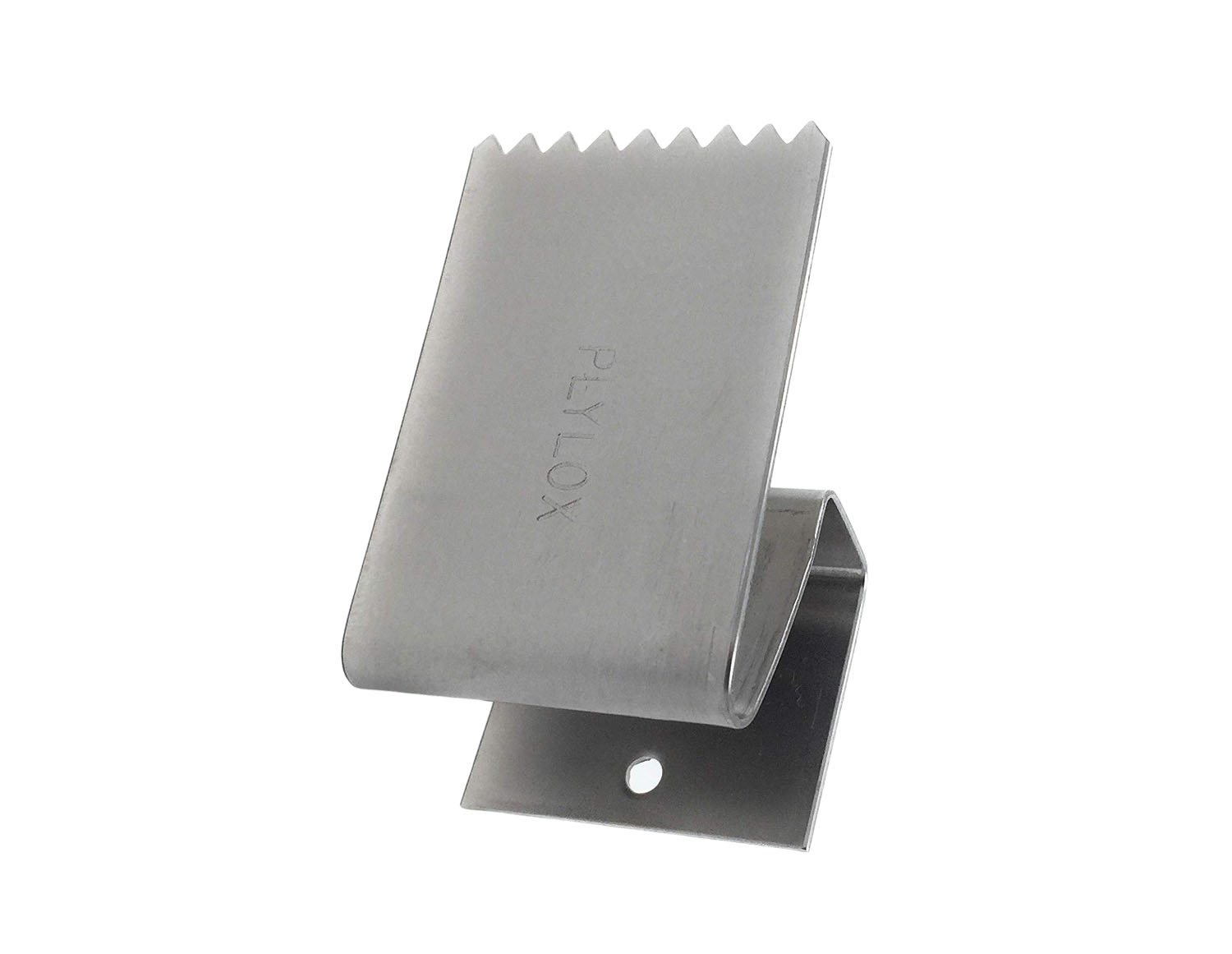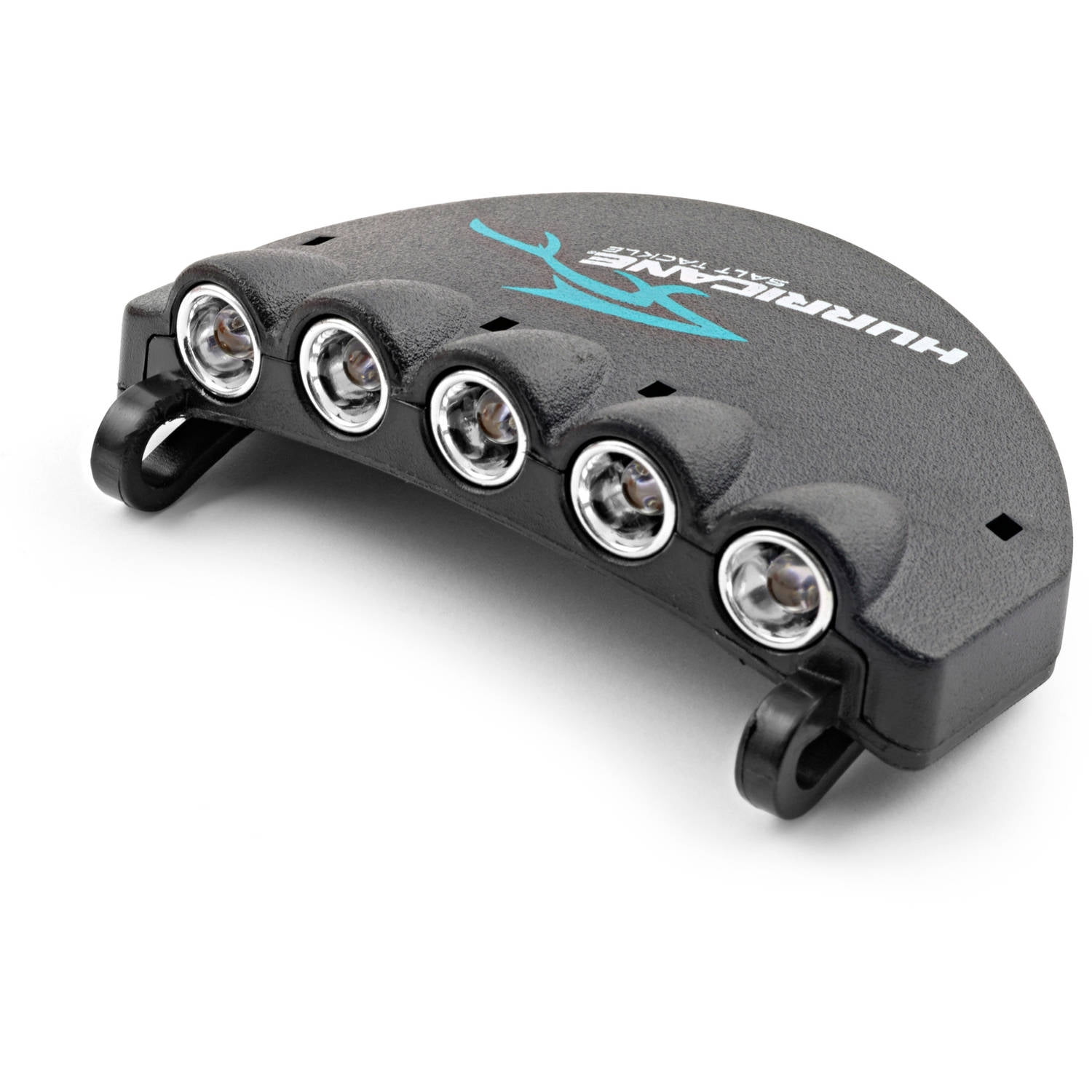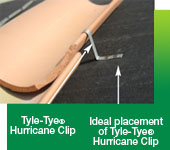

Their use in resisting earthquake forces also gives them the additional name "seismic ties." If you're unsure if hurricane ties are required, you can consult your local building department for the building codes. The hurricane clips reinforce the wood frames of buildings and help reduce the possibility of collapse under these conditions. Hurricane clips or ties are required in areas subject to high wind storms or earthquakes. Hurricane clip is another name for a Hurricane tie or Hurricane strap. This is done to resist uplift and lateral forces, like those that come from a hurricane or severe storm. Hurricane Ties, also known as rafter ties, truss ties, or hurricane clips, are used for deck or roof framing to secure rafters, trusses, or joists to the wood framework. Specifically, hurricane ties make the structure more resistant to uplift, racking, overturning, and sliding. Hurricane ties are designed to make wooden structures resistant to high winds, such as those caused by hurricanes.
#HURRICANE CLIPS INSTALL#
Instead, install them diagonally across from each other, as shown in this diagram:

Doing so may cause damages to the wood and risk collision of the nails. For Continuous Load Path, connections must be on the same side of the wall.Ĭaution: Do not install Hurricane ties into both sides of a given truss, rafter, or joist.

Installation inside the wall is acceptable. Hurricane Ties are shown in the above diagrams as installed on the outside wall for clarity. Note that Hurricane ties do not replace solid blocking and can be installed with flanges facing inward or outward. If you are unsure, please consult with a reputable civil engineer. Installing hurricane ties requires a clear understanding of which bracket to use and where. These ties are used for deck or roof framing, often with other hurricane brackets to secure wood framework. Note that, unlike the other hurricane ties listed above, these are not intended to be connected to the rafters. H6 Hurricane Ties are installed across two different wood pieces: the top plate or wall plate and a stud. Please refer to each hurricane tie's product page for more details so you can determine which will fit your application better. H4 and H5 straps vary in physical dimensions and load capacity. The pairs work together, installed diagonally, to secure rafters, trusses, or joists to the wood framework. Both have matching pairs (a right and left version) and are installed across two different wood pieces: the top plate or wall plate and a rafter. H4 Hurricane Ties and H5 Hurricane Ties are functionally similar. H2.5 and H3 straps vary in physical dimensions and load capacity. They often form part of a continuous load path for both lateral and uplift loads.

Both are single-sided and installed across two different wood pieces: the top plate or wall plate and a rafter. H2.5 Hurricane Ties and H3 Hurricane Ties are functionally similar. Note: All allowable loads listed are for S-P-F (Spruce-Pine-Fir). H2 Hurricane brackets combine the functionality of H2.5 or H3 straps with H6 hurricane ties. These ties get installed across all three, securing them all together. H2 Hurricane Ties are installed on three different wood pieces: a vertical post, the perpendicular top plate or wall plate, and a rafter. The differences lie in how they attach: H2 Style Hurricane Straps They all secure rafters, trusses, or joists to the top plates of the wood framework. These Simpson Strong-Tie equivalent Hurricane ties come in various shapes and sizes but are functionally nearly identical. Hurricane Clips | Rafter & Hurricane Ties Framing Connectors for Lumber including Rafters, Trusses, and Joists


 0 kommentar(er)
0 kommentar(er)
